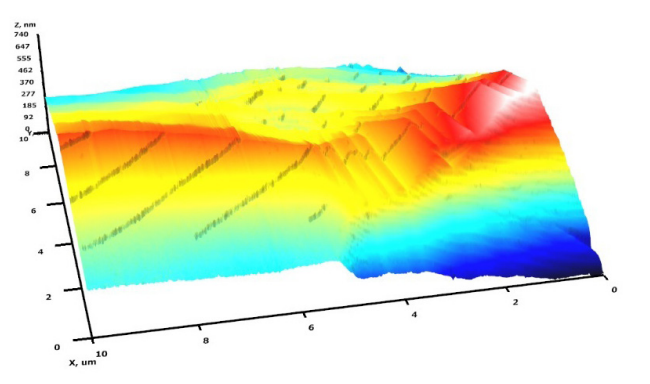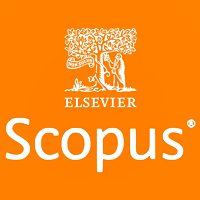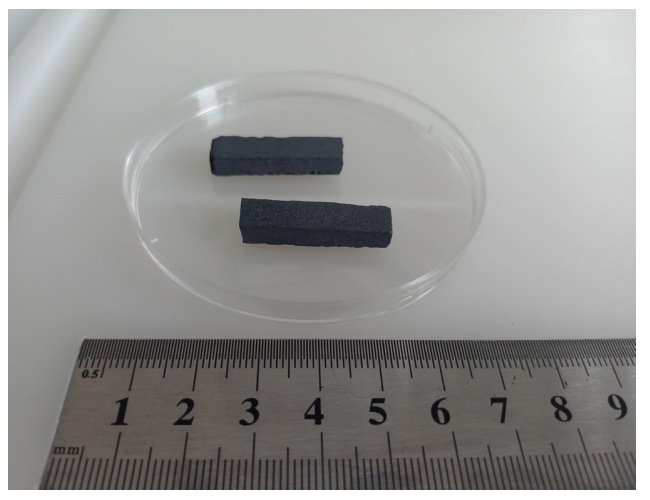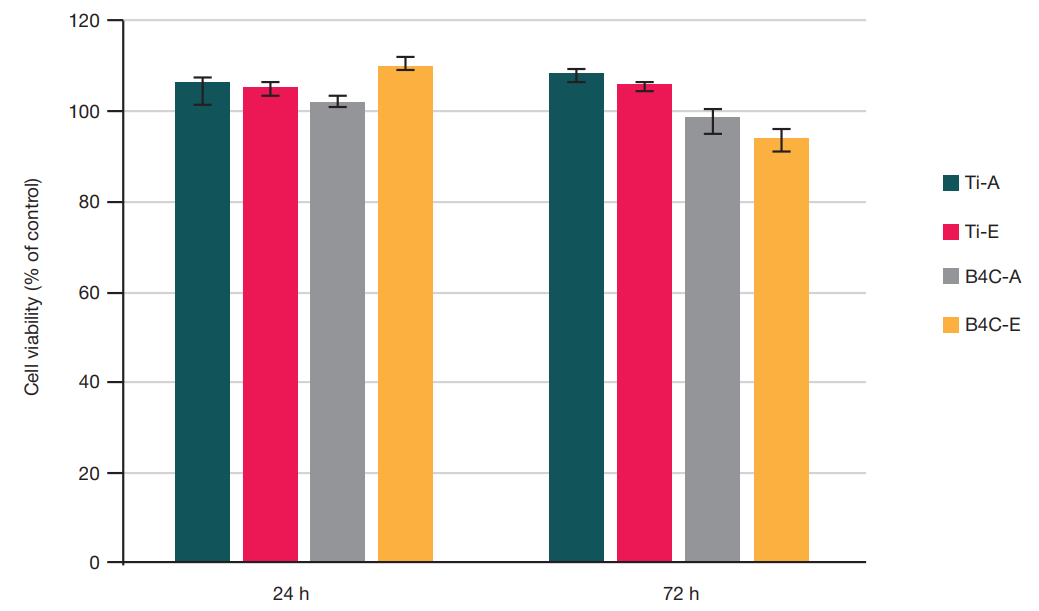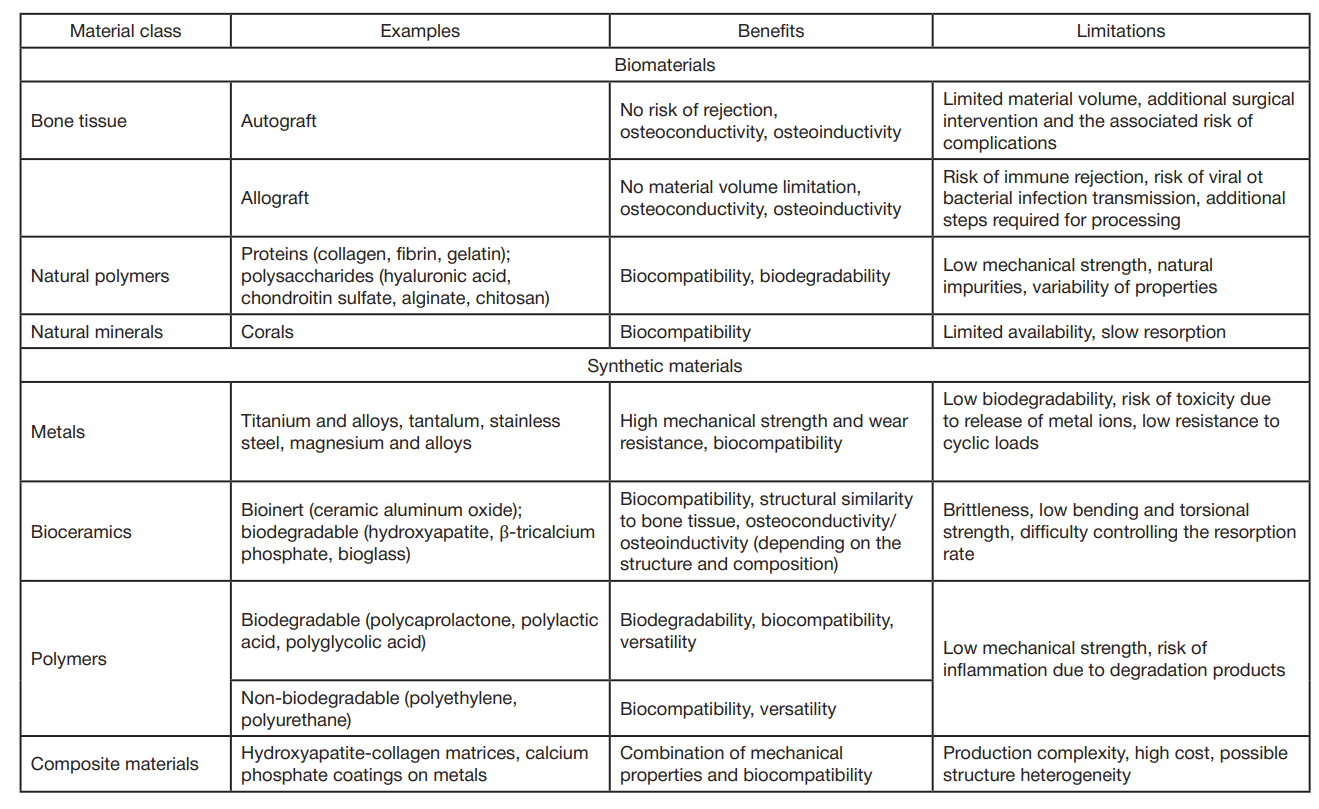
This article is an open access article distributed under the terms and conditions of the Creative Commons Attribution license (CC BY).
ORIGINAL RESEARCH
Cytocompatibility of pressureless sintered porous B4C-ceramics assessed in vitro
Institute of Experimental Biology and Medicine, Meshalkin National Medical Research Center, Novosibirsk, Russia
Correspondence should be addressed: Elena V. Chepeleva
Rechkunovskaya, 15, Novosibirsk, 630055, Russia; ur.niklahsem@avelepehc_e, ur.liam@azerama
Funding: the study was supported by the Russian Science Foundation grant (project No. 25-25-00187).
Author contribution: Chepeleva EV, Khakhalkin VV — study concept and design; Chepeleva EV, Kozyr KV, Vaver AA, Khakhalkin VV — experimental procedure and data processing; Chepeleva EV — manuscript writing; Kozyr KV, Vaver AA, Khakhalkin VV — manuscript editing.

